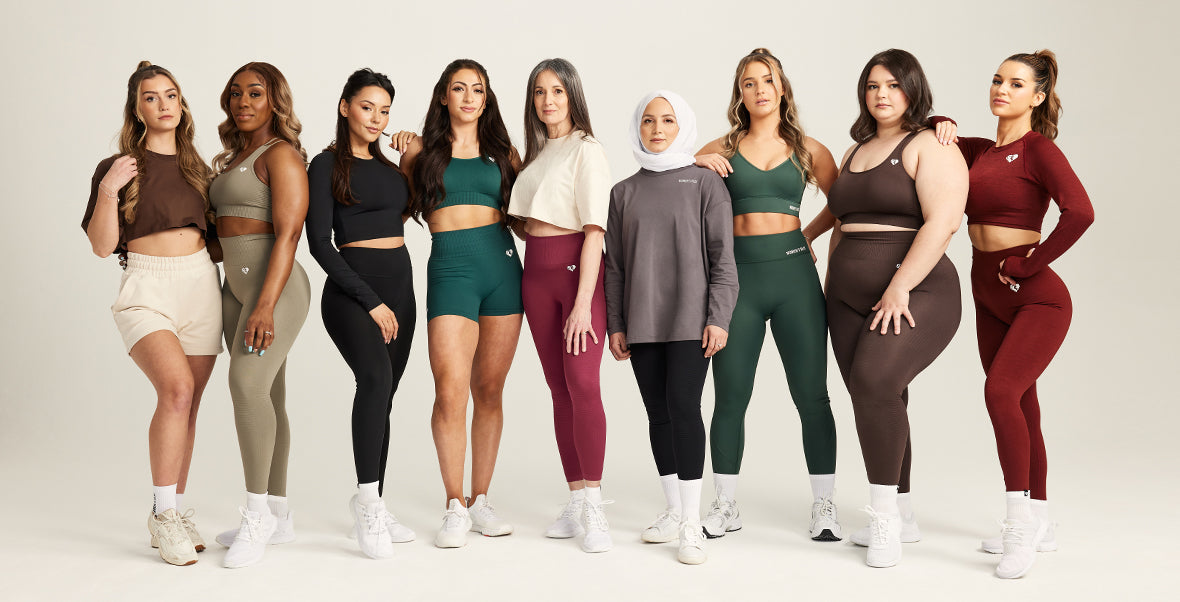
Rise with us Daily
Welcome to the Women's Best Blog! You will find here exciting articles about beauty, health, fashion and fitness. Our Lifestyle Blog is all about the most effective workouts for your dream body, the best beauty & styling tips for women and pieces of advice about a healthy lifestyle. Let yourself be inspired and enrich your everyday life with training at home, natural skin treatments and much more. Check the Women's Best Blog now and experience the Women's Best Lifestyle!

















































































